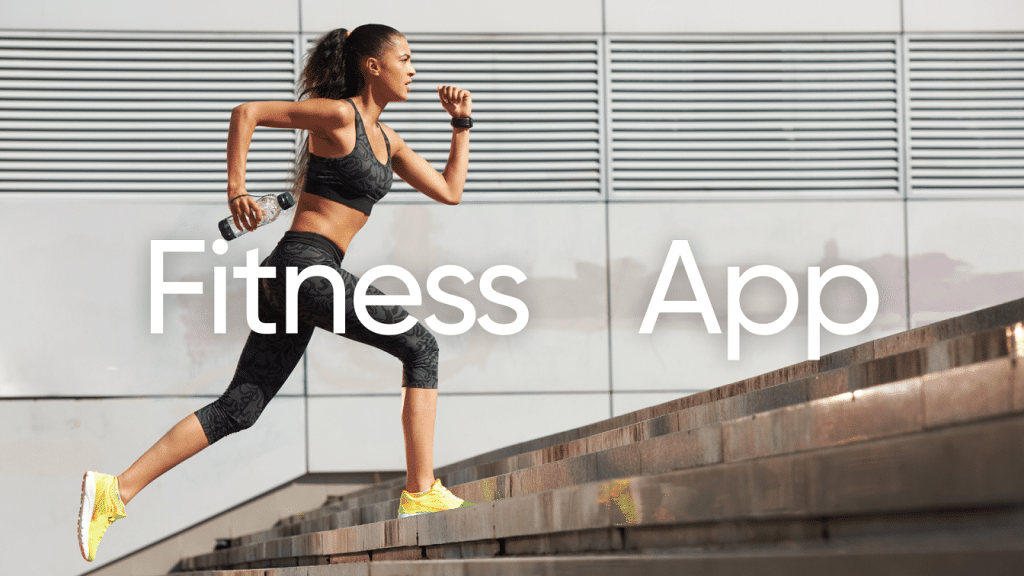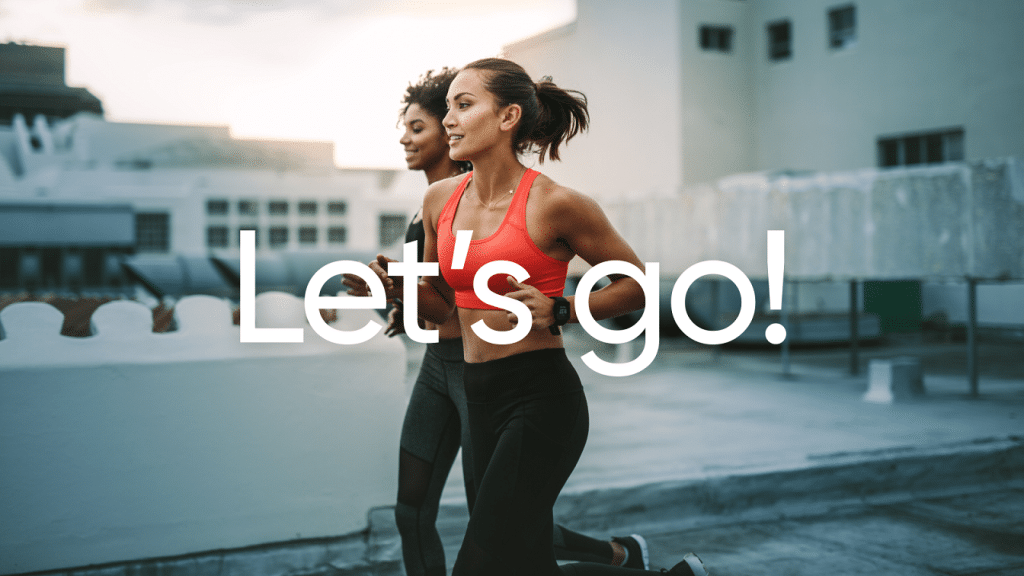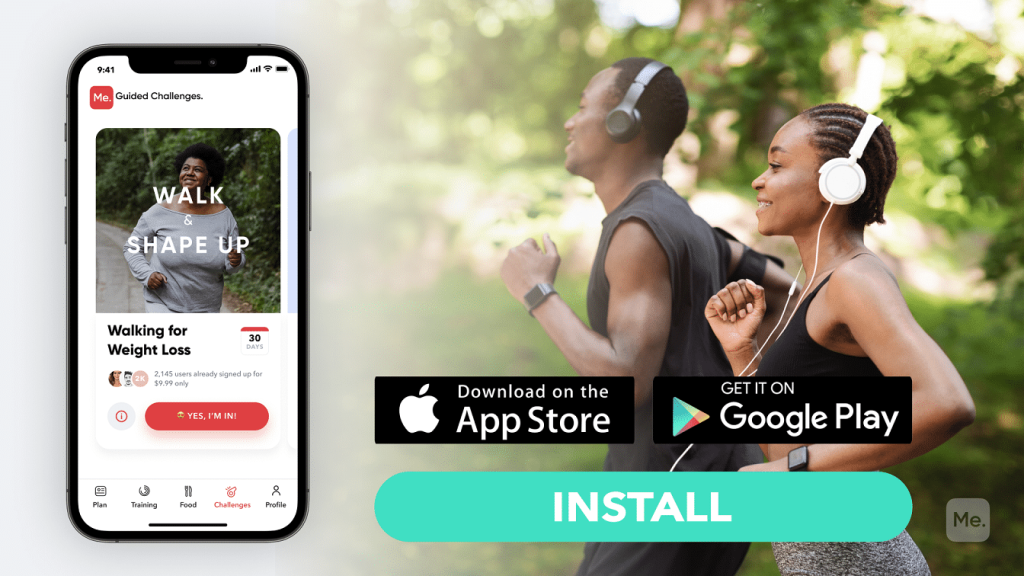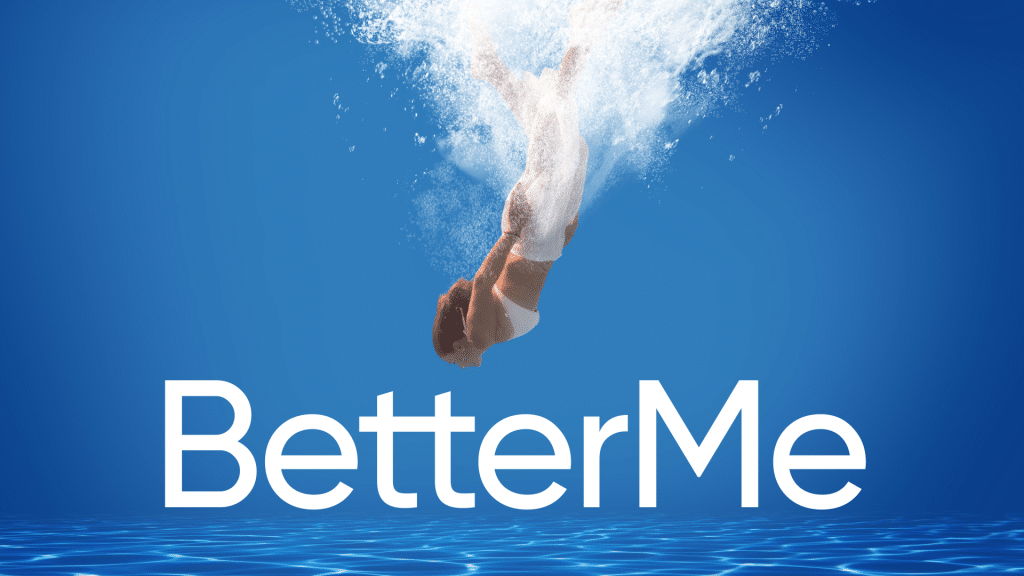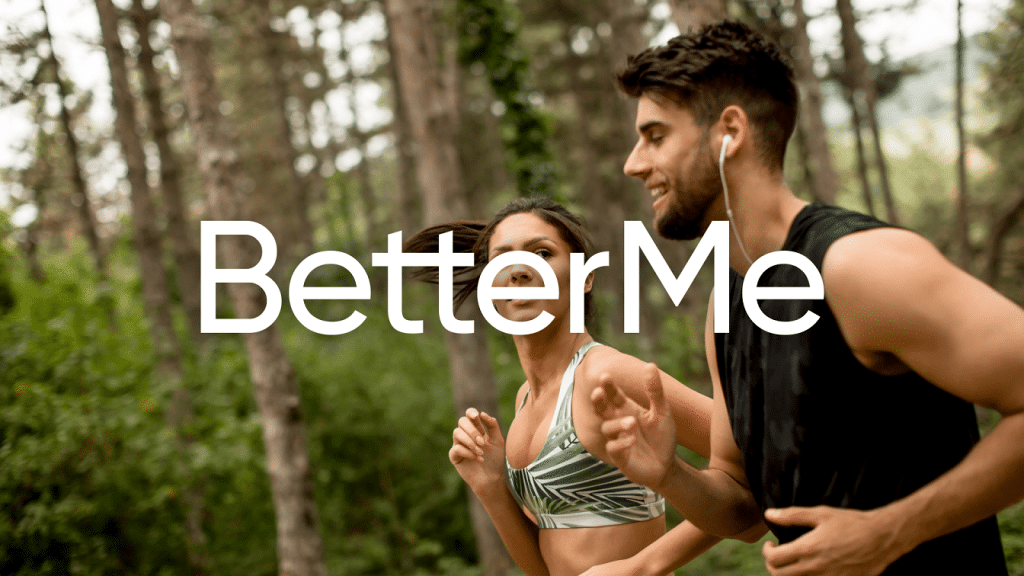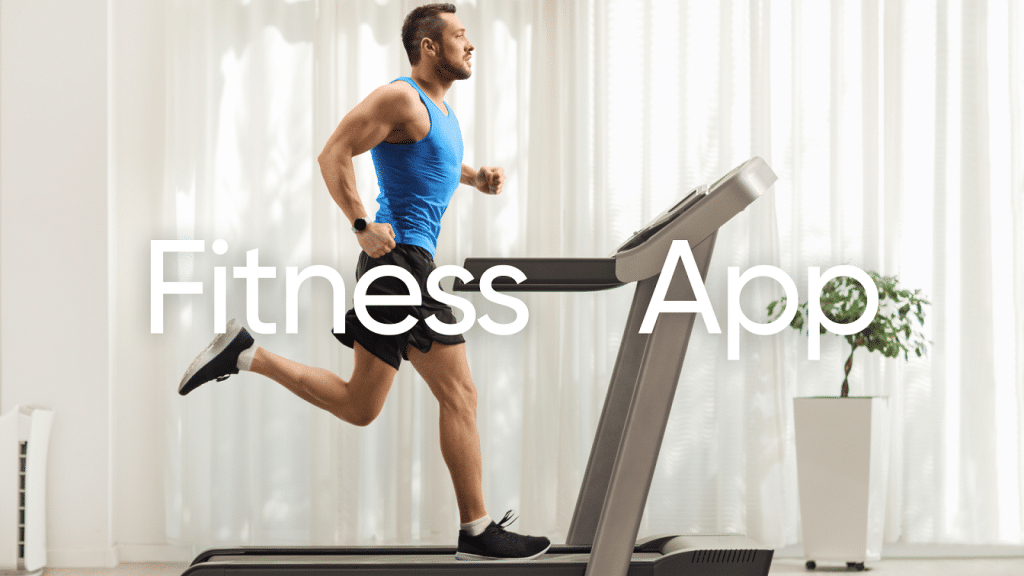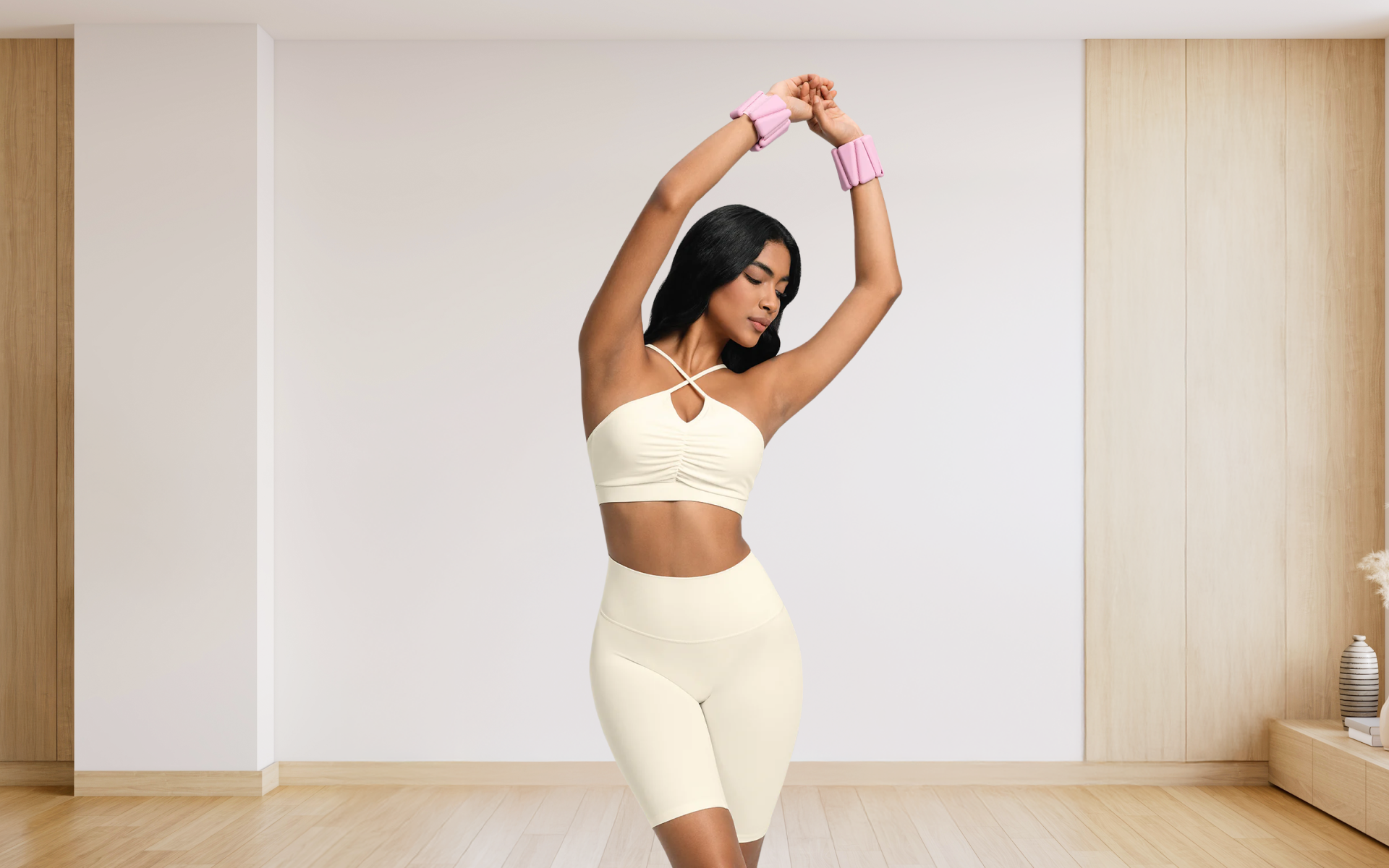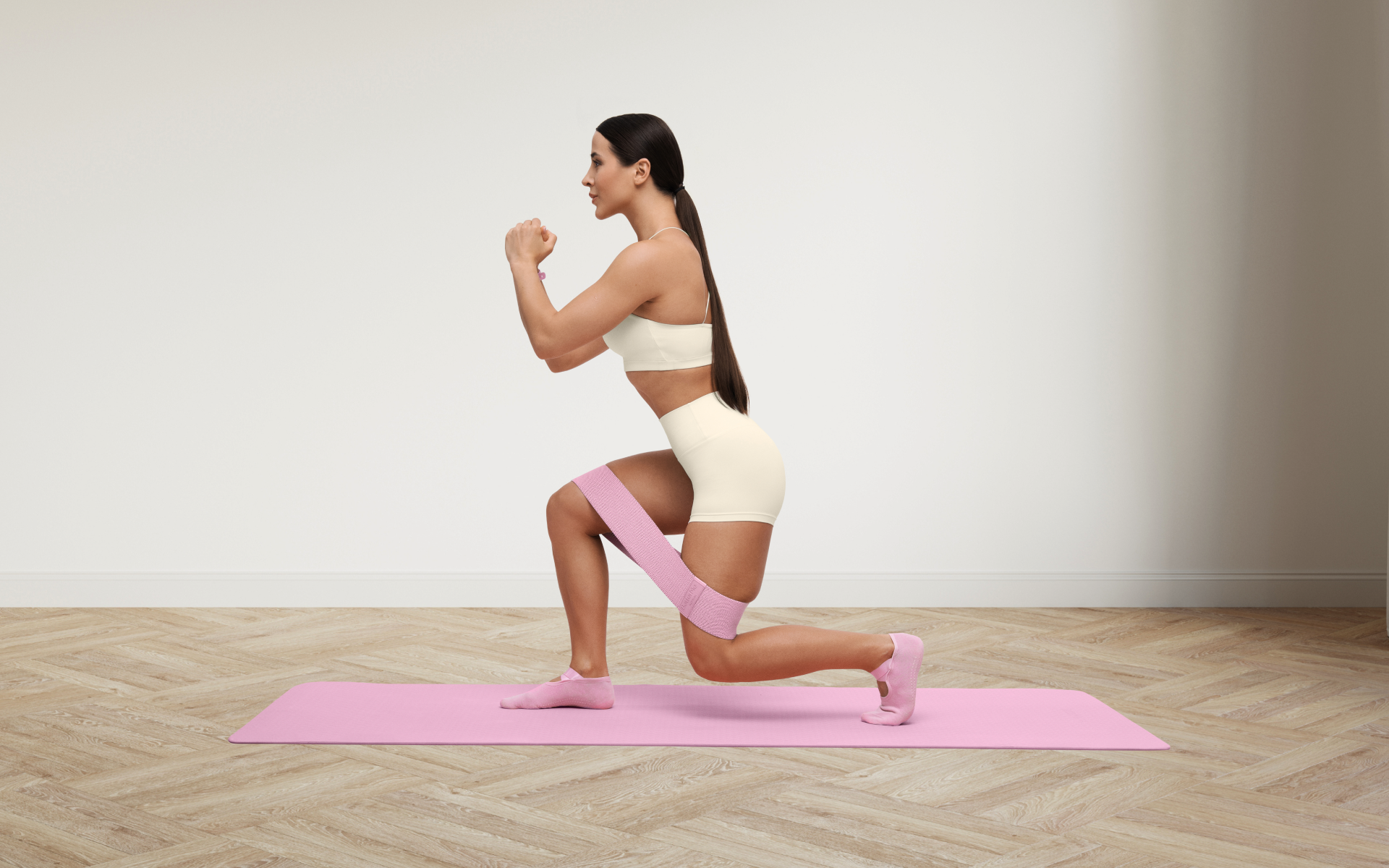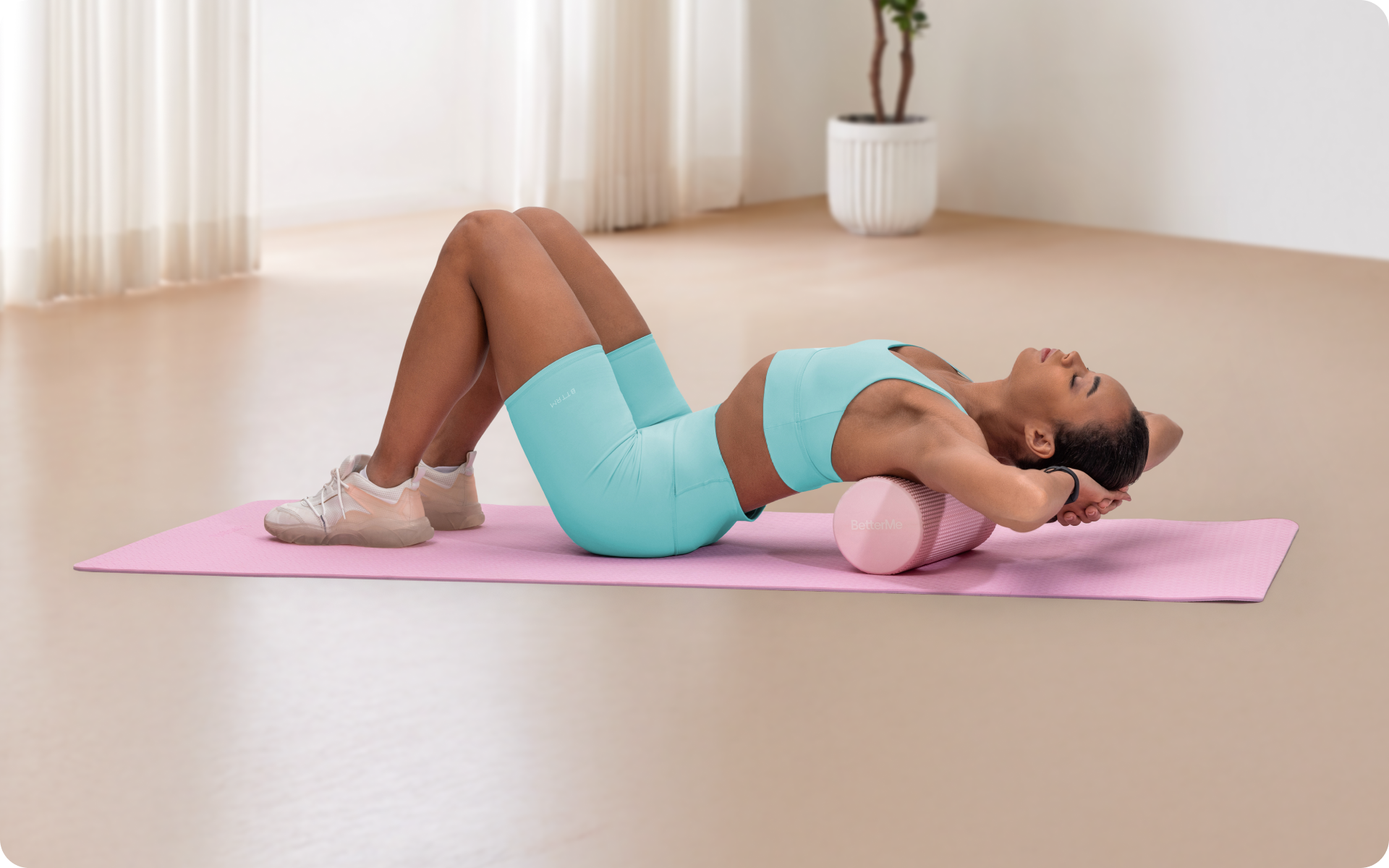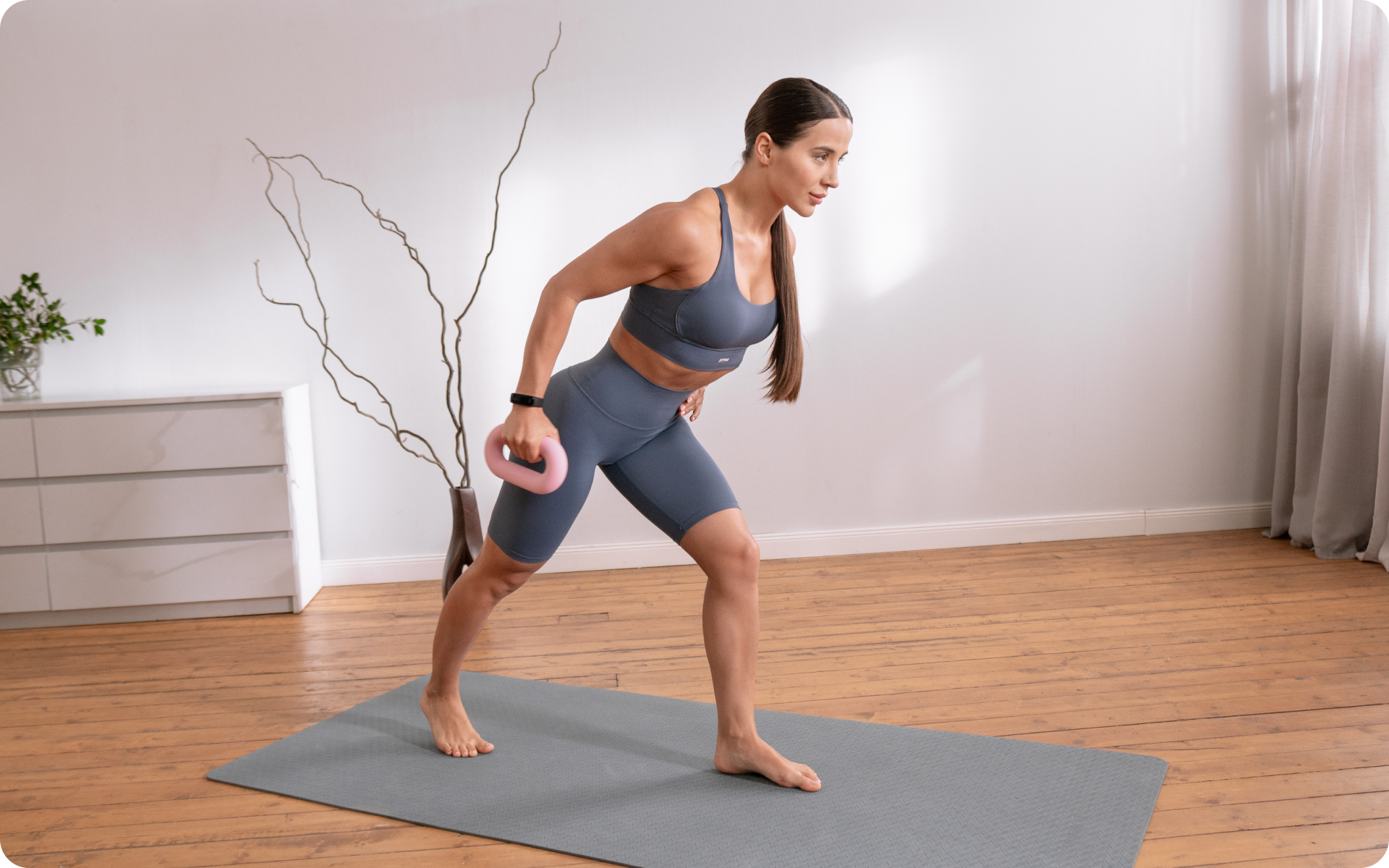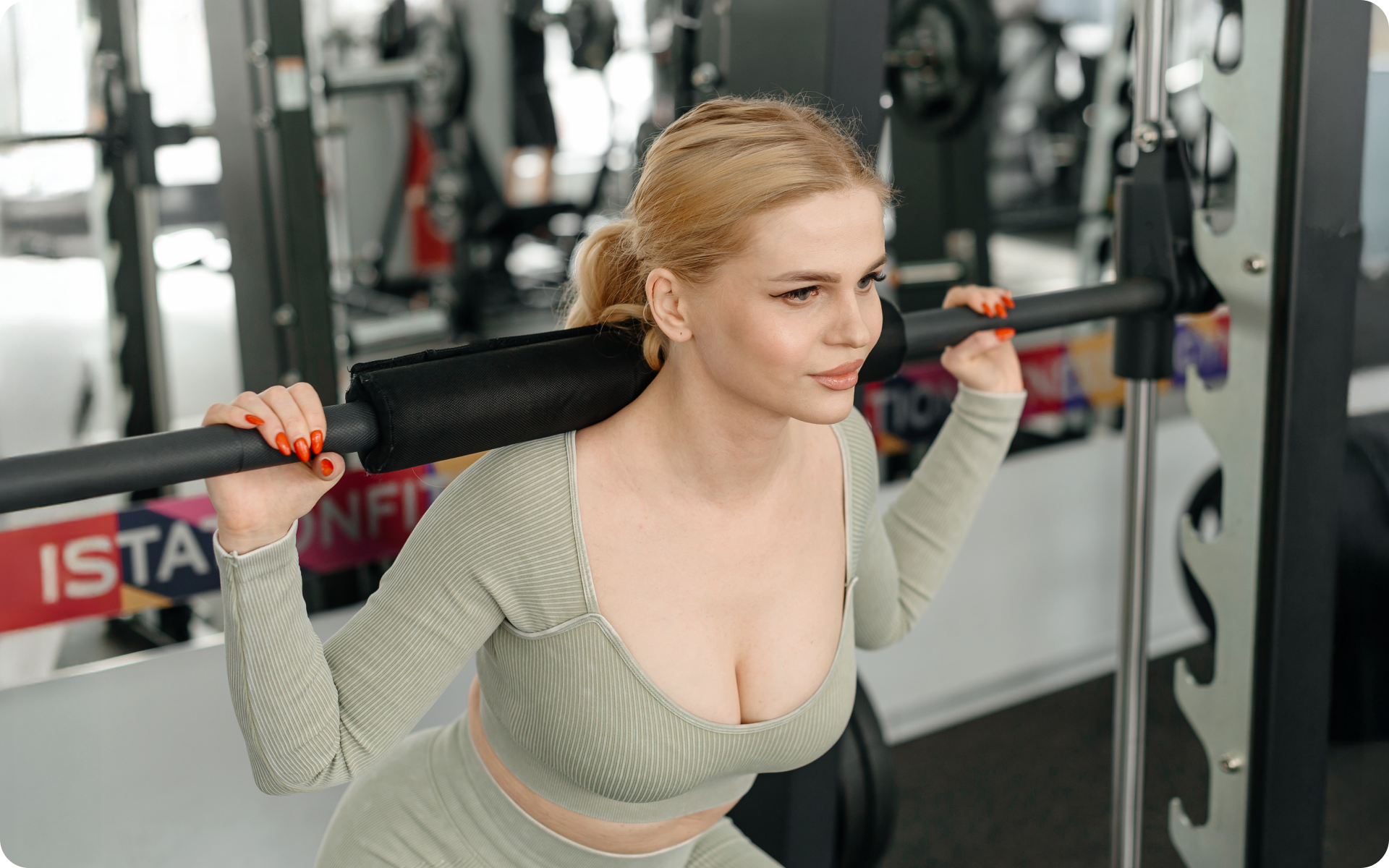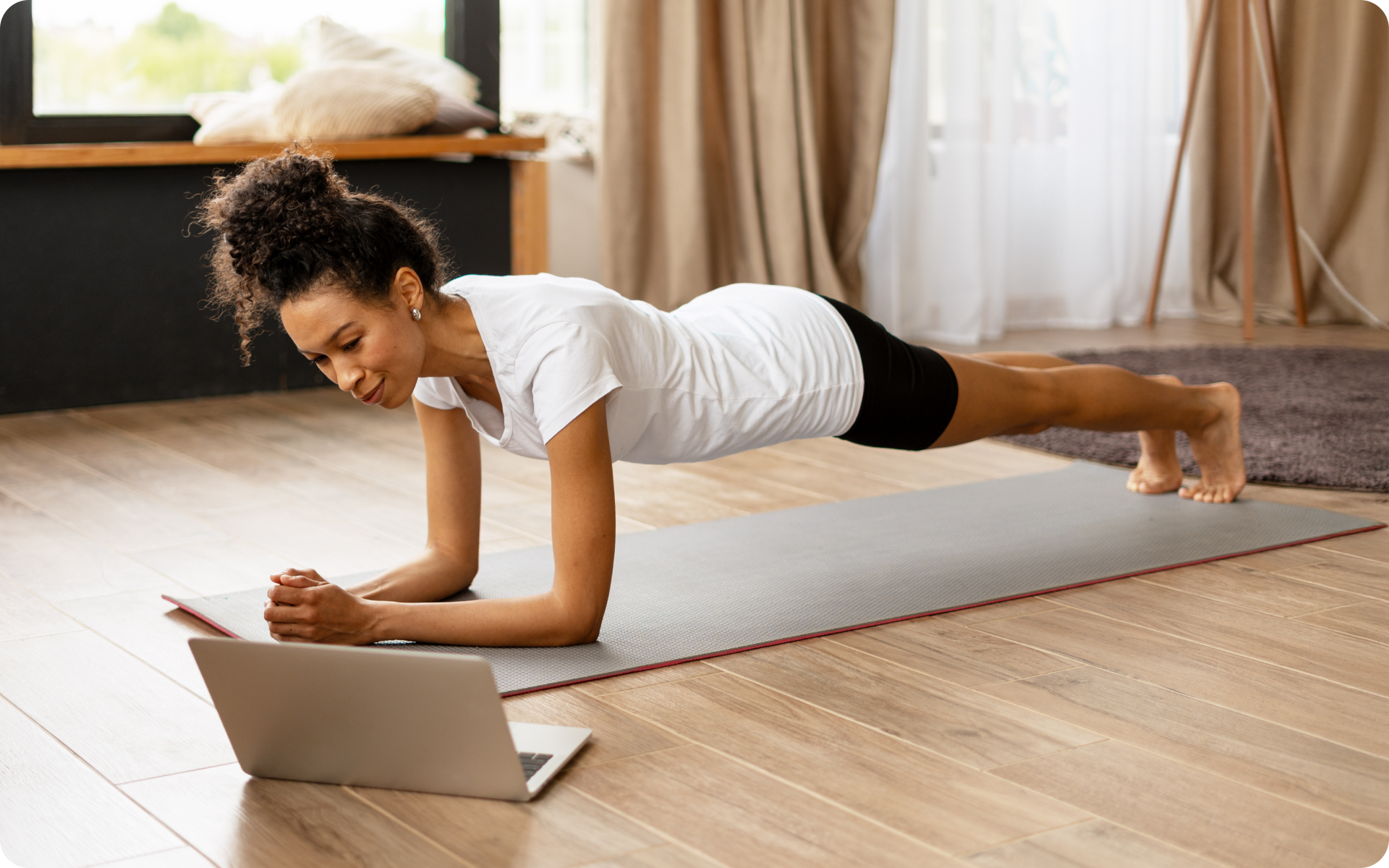When it comes to endurance sports, no one can argue that triathlon is a king. Triathletes have been heralded as the most hardcore endurance athletes – and for good reason. These athletes complete three events in a single day to test their mental and physical limits. This article will give you everything you need to know about participating in your first triathlon event – from finding an appropriate beginner triathlon, training for the event, and crossing the finish line. If this sounds like something you want to try at some point in your fitness journey, read on!
Get your personalized
meal plan!
What Is A Triathlon?
A triathlon is an endurance sport that consists of three events, typically swimming, running, 1-mile, and biking. Sometimes people will refer to a multisport event like a triathlon without actually including the biking leg.
Triathlons are organized by age group, gender, and level of experience. There are many different ways to categorize these races:
- Sprint distance. A 750 m swim, a 20 km cycle, and a 5 km run.
- Olympic Triathlon. A 1.5 km swim, a 40 km cycle, and a 10 km run.
- ITU Long. A 3 km swim, an 80 km cycle, and a 20 km run.
- Half-Ironman. A 1.9 km swim, a 90 km cycle, and a 21.1 km run.
- Ironman. A 3.8 km swim, a 180 km cycle, and a 42.2 km run.
The Beginner Triathlon Training Gear You’ll Need
If this is your first time trying to complete a triathlon, you may be wondering what kind of training and equipment you’ll need. This section will introduce the basics that all beginner triathletes should have.
Swim Training Equipment
Your race kit (either top and bottom or one-piece) is the outfit you’ll wear throughout the swim, bike, and run.
It’s designed to be lightweight and comfortable, and it should dry quickly. It’s a good idea to wear your race kit in the pool before race day to get used to how it feels when wet. Wear goggles so you have a clear vision, even if you are an experienced swimmer.
Read More: Tips On Running A Mile: How To Run Fast Without Feeling Winded Or Stopping?
Cycling Training Equipment
When it comes to cycling equipment, there’s not much you need to buy if you want to try your hand at a triathlon.
A bike is necessary, of course. Make sure it’s comfortable and in good working order. Other than that, all you really need are biking shoes that are easily tied, a helmet to protect you in case of an accident or fall, and water bottles.
Cycling gloves can help protect your hands from blisters better, but they’re not something beginner triathletes absolutely must-have. Sunglasses are helpful but not required.
Running Training Equipment
A pair of running shoes is something you should have for running, no matter what kind of footwork you use. If you’re a heel striker, an insert can help with this. You may also want to buy a minimalist running shoe, which is lighter and has fewer features than regular shoes.
Triathlon Training Schedule For Beginners
Once you have the basics in place, it’s time to dive into the training schedule. This is something that must be followed with complete dedication if you want your first race to go smoothly. You’ll need at least 12 weeks to prepare for a triathlon. And while you may feel overwhelmed by the idea of running, cycling, and swimming regularly, a well-planned training schedule can help you succeed.
How To Start A Beginner Triathlon Training Schedule?
You’ll need to do the following workouts at least once a week and up to twice a week for best results. They can be done on consecutive days or in separate sessions. Remember that your training schedule should gradually increase over time as you become fitter and stronger.
Swim Workouts
A beginner triathlete should have two swim workouts each week: one longer session with intervals and one steady pace. You should start by alternating laps of different distances rather than counting distance in a total number of laps. This way, you can concentrate entirely on getting comfortable swimming over long periods without feeling overwhelmed by the process.
Choose strokes that help you build strength. Front crawl and backstroke are good choices because they can be done without stopping if it gets difficult.
Cycling Workouts
A steady-pace cycling workout should be longer in duration than the interval swim option; aim for at least 30 minutes in length per session. Make sure to experiment with different kinds of terrain while you’re cycling to get used to it. Keep your heart rate in the aerobic zone, and remember that “aerobic” means more than just “easy”. You’ll be working hard on these workouts, so don’t overdo them at first!
Aerobic intervals are designed to build endurance (1). So they should feel quite challenging but not impossible– keep your effort level high throughout a 1-mile workout. A beginner triathlete will benefit greatly from adding hill climbs into their training schedule; simply aim for 20 minutes of climbing per session.
BetterMe app is a foolproof way to go from zero to a weight-loss hero in a safe and sustainable way! What are you waiting for? Start transforming your body now!
Running Workouts
When running is included in a triathlon training schedule, it’s typically done once or twice per week rather than thrice like the other two workouts. Running should be slower and steadier than your steady-pace bike workout, with a slightly higher intensity than your interval swims.
Aerobic running is meant to help you build endurance and improve your stamina (4). It should not feel easy! You can do this by aiming for 20-minute runs in duration with a high heart rate (75-85% of your maximum). Aerobic intervals will also help build endurance, as they’re quite similar to cycling intervals except they typically last longer.
What To Do Now If You Feel Like Your Workouts Aren’t Going Well?
You may encounter some challenges during your first few races. It’s important to remember that every triathlete goes through difficult times, and you’re no exception. There are a few common problems that occur with beginner triathletes, so keep an eye out for the following.
You may feel very discouraged at this point. It’s easy to want to give up altogether when your training schedule isn’t working well. The key is not to give in to these feelings; instead, put in more effort even if you feel like giving up. If you don’t push yourself past distractions during workouts, they will become much harder over time!
You could also try revising your workout schedule. Make sure that the intensity is high enough for each session. You should also regularly switch your workout routine to prevent getting bored with the same exercises. It can be helpful to join a triathlon club or online community for support because it’s easier to push through hard times when you’re accountable to others.
You can also improve by taking time off from exercising rather than working out too regularly. If this is part of your current schedule, remember that you’ll get faster and stronger with rest as well as by increasing training intensity (10).
Read More: Stretching For Swimmers: Here’s What To Do To Work Those Hard-To-Reach Muscles
When Will You Be Ready For Your First Triathlon?
Some beginners worry about running too many races in their first year; they want to focus exclusively on training rather than competing. However, holding at least one race during first-year training is important for building excitement and maintaining motivation.
Choosing a race can be tough. Since you’re new to the sport, it’s difficult to know where to start. Remember that you don’t need to do an Olympic distance triathlon right away. Half-marathon events are often less challenging for beginner athletes.
If possible, find out which other first-time triathletes will be racing alongside you at your event before signing up. This helps build motivation and a sense of camaraderie as well as make pre-race jitters much more exciting.
Triathlon Tips For Beginners: Part 3
Welcome to part three of our triathlon tips for beginners article series. In the last issue, we looked at some things to consider when choosing a race and the importance of having a coach or training buddy to help you on your way. This time we will offer some more great triathlon tips, so if you’ve just caught the bug or are returning after a long break, stick with us as our experts share their knowledge and experience.
Start With Shorter Races
If this is your first try, begin by entering shorter races such as Olympic Distance Triathlons (1 mi/40 km bike; 0.6 mi/1 km swim; 10 km run). If one has never had any serious running background, it would be better to choose the Olympic Distance Triathlon over the Sprint Distance Triathlon (0.25 mi/400 m swim; 6 mi/10 km bike; 3 mi/5 km run). This is because of the added 1-mile distance that is required to complete on foot. However, you can always try both distances and see which fits best with your overall capabilities.
Watch Out For Burnout
Avoid any temptation to begin training too intensely at first. This could lead to injuries or burnout. As a beginner triathlete, aim for shorter workouts but make sure they are high-quality ones in which you include stretching exercises before and after every session (to reduce injury) (9). Also, engage in dynamic warm-ups (to avoid low back pain) and strength work (in order not to lose fitness while recovering from injury) (3). Finally, do active recovery, such as swimming, cycling, or jogging (to facilitate faster recovery than complete rest would allow).
Since you are just beginning to exercise seriously it’s important to know that overtraining can be risky. Besides affecting your moods, appetite, and mental health, too much intensity for too long can lead to illness (8). When training more than four (4) days in a row on three (3) or more different activities with no rest day in between, some experts recommend taking an extra day off within 24 hours if you notice any signs of tiredness or fatigue.
Don’t Overlook Rest Days
It’s easy to forget the significance of rest days, but these are critical for allowing your body to repair itself from the damage you’ve inflicted on it by taxing it so hard. If you neglect them, then not only will your overall performance suffer, but you will also increase the likelihood that you’ll get sick or injured (11). So be sure to incorporate at least a day off every week. On this rest day, don’t engage in any strenuous physical activities other than light cross-training (such as swimming, cycling, or jogging), which should consist of no more than 30 minutes of moderate-intensity cardio work.
Make sure to get enough sleep each night, as your body needs eight hours of uninterrupted rest per day to function at its best. If it does not receive this amount of rest, then the immune system is compromised, which puts one at risk for illness during race season.
Intense sweat sessions, working weight loss tips, lip-smacking recipes come in one package with the BetterMe app. And all of it is at your fingertips, start transforming your life now!
Eat Right During Training And On Race Day
Nutrition is a huge part of being a successful endurance athlete. In training, your body relies on food to provide energy for workouts, rebuild muscles, and replenish blood sugar.
What you eat can either nourish or sabotage an athletic endeavor, so here are some triathlon training nutrition rules you must follow:
-
Don’t Go Low Carb
While a low-carb diet is beneficial for weight loss, it’s not great for endurance athletes who need to be able to perform at their best. During training, carbohydrate intake should make up 60-65% of your caloric intake. You’ll want to focus on low glycemic carbohydrates, which are digested slowly and provide stable blood sugar levels (6). Good sources of low GI carbs are whole grains, brown rice, sweet potatoes, oatmeal, and quinoa.
Avoid foods that contain simple sugars before the event as these will only give you a temporary jolt followed by an energy crash. If you would rather take in some pre-workout food, go with bananas or another whole food source of complex carbs.
-
Eat More Protein
Studies have shown that higher protein intake leads to increased muscle mass, lean body mass, and strength (2). Athletes who regularly consume high amounts of protein can build more muscles through resistance training, which leads to better athletic performance. During training, your daily protein intake should be 1.2-1.7 grams per kilogram of body weight (0.5-0.8 grams per pound) (6).
-
Eat Your Vegetables
Vegetables are the best source of many nutrients. During training, it’s important to replenish electrolytes lost through sweat. Eat foods high in potassium and magnesium, such as bananas, avocados, broccoli, leafy green veggies, legumes, nuts, and seeds. Bananas are especially great because they’re easily digested during training or racing, even when you have an upset stomach or are depleted of energy.
Make Sure You’re Hydrated
Exercise increases your metabolic rate, which can lead to dehydration if you don’t drink enough water. Don’t rely on thirst as a sign that you need to hydrate; use the color of your urine as an indicator instead – it should be pale yellow or clear. If there’s any trace of urine color in it, you’re dehydrated and need to drink more. Aim for at least one liter (32 ounces) of water per hour during training sessions (5).
Make Room For Supplements
Just like in any other athletic event, it’s important to fuel your body with the right supplements during training and on race day.
Many nutrition experts recommend taking a multivitamin to fill nutritional gaps left by your diet because not all foods contain nutrients essential for health. It will also provide much-needed vitamin C, which is lost through perspiration when you exercise (12). You can take one daily or divide it into two doses: one in the morning and another midway through the afternoon.
Before workouts, sports drinks are great for quick energy because they contain simple sugars that will give you an instant boost followed by sustained energy over time (remember that complex carbs only give you a short-term “pick-me-up”). Water alone isn’t enough because the body loses a lot of water during a workout.
If you suffer from post-workout soreness or cramps, consume fish oil supplements for a dose of omega-3 fatty acids. These will help improve your recovery and reduce inflammation (7). Also, make sure you get this superfood through whole food sources such as fish, nuts, and seeds.
The Bottom Line
As a beginner looking to enter your first triathlon event, it’s extremely important to follow a training schedule, eat right, take in the necessary nutrients, and properly prepare for race day. Remember, the more time you devote to training, the better you’ll perform when it comes down to race day.
DISCLAIMER:
This article is intended for general informational purposes only and does not address individual circumstances. It is not a substitute for professional advice or help and should not be relied on to make decisions of any kind. Any action you take upon the information presented in this article is strictly at your own risk and responsibility!
SOURCES:
- Aerobic high-intensity intervals improve VO2max more than moderate training (2007, pubmed.gov)
- Dietary Protein and Muscle Mass: Translating Science to Application and Health Benefit (2019, nih.gov)
- Effects of Dynamic and Static Stretching Within General and Activity Specific Warm-Up Protocols (2012, nih.gov)
- Effects of High Intensity Training and Continuous Endurance Training on Aerobic Capacity and Body Composition in Recreationally Active Runners (2012, nih.gov)
- Fluid consumption, exercise, and cognitive performance (2016, nih.gov)
- Fueling for Performance (2017, nih.gov)
- Impact of Varying Dosages of Fish Oil on Recovery and Soreness Following Eccentric Exercise (2020, nih.gov)
- Overtraining Syndrome (2012, nih.gov)
- Stretching and injury prevention (2004, link.springer.com)
- The effect of training volume and intensity on improvements in muscular strength and size in resistance-trained men (2015, nih.gov)
- The Importance of rest and recovery for athletes (2013, msu.edu)
- Vitamin supplementation benefits in master athletes (2014, pubmed.gov)

